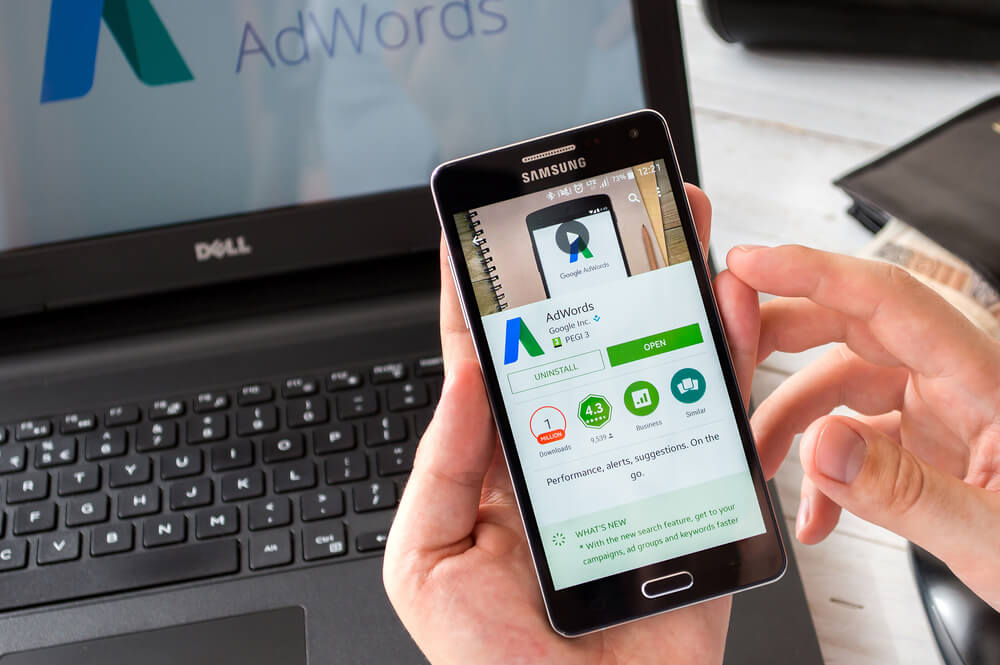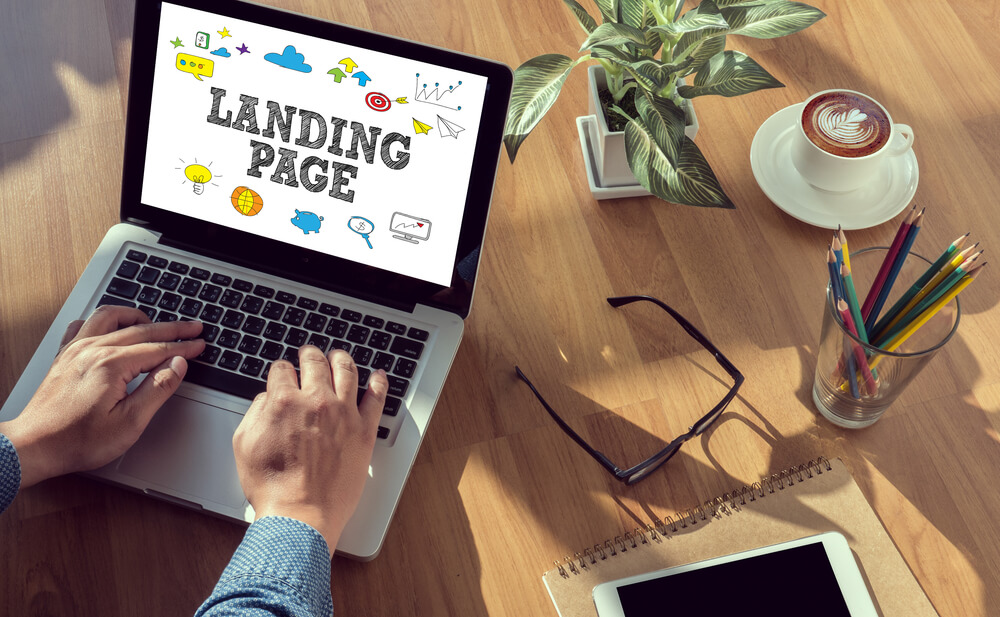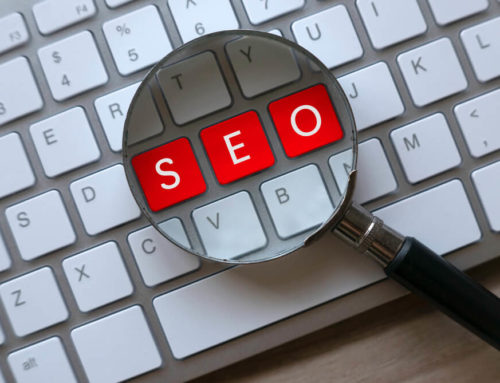Landing pages are simpler web pages that marketers use to redirect direct traffic from advertising banners, links, and videos.
Marketers usually use landing pages to achieve specific, short-term goals. For example, you might create a landing page to promote a limited-time offer or sell a specific product.
A landing page is part of a marketing strategy and is not per se the only thing you need to generate more leads or sales. Sometimes you ask for an email in exchange for useful information such as an ebook so that you can build a solid database of potential leads that you nurture using other marketing techniques.
Do you know how to design and create a landing page? Besides the aesthetic, there are many aspects that you need in order to create the perfect landing pages. What we will share here is not a recipe that works for all marketing projects because each business has its particular needs. However, there are some recommendations and a checklist to help you to succeed:
- Clear objectives, from obtaining clients’ emails to generating sales, including linking to specific websites, etc.
- Specific needs solution or product presentation.
- Attractive titles.
- Questions generation, which has to be answered on the same landing page or by sending an email.
- Explanatory graphics supporting the landing page content.
- Call to action, a button which specifies what we want clients to do, in a striking color to stand out. It can be a few buttons, but not many of them, since they can confuse clients.
- An inbound marketing strategy that associates value content, a client email reception, client segmentation strategy, a content generation depending on clients, and personalized and automatic mass mailing.
You can transform a visit into a potential client, using the correct tools. With this in mind, it is necessary to hard work in value content generation, which can be consulted in different platforms and presentations, such as blog entries, downloading articles, videos, webinars, podcasts, and ebooks. Once you have a clear content generation strategy, it is time to define ideal platforms to publish them.
Define Your Business Objectives and Desired vs. Real Needs
When you start to try different options on your landing page, it is important to try one change at a time. Trying various changes at the same time will not allow you to identify what is working and what it is not. Yes, it is going to take you a while, but it is worth doing since if you improve conversion rates, you also lower acquisition costs.
Once you have your landing page, you have to redirect people into it. The following techniques are essential to redirect people into your landing page:
Blog: The place of encounter to all your readers and potential clients. A place to attract users. Therefore, one of the best ways to attract users to your landing page is to redirect them from the blog itself, creating links to the landing page in the blog articles. It is better to make a written explicit reference of the product to promote its purchase.
Google Adwords: Consists of keywords as search terms to show advertisement as the result of sponsors. There are some variations such as Gmail advertisement. When clicking on them, theses interactive advertisements expand to an email message size and admit video and pictures. Hence, the result useful to achieve a variety of advertising goals. Once the user expands the advertisement, the clicks on the article will be free of charges.

Social Media: After creating content, promote it using social media. First, make research of your potential clients or those users you wish to see your business posts. Depending on your area, these users can be found in social media for professionals such as LinkedIn. Or maybe, if you look for a bigger audience you must use Facebook or Instagram, especially if you wish to attract users based on the visual content you designed.
SEO (Search Engine Optimization): Efforts are often loose in positioning pages with no chance of conversion, instead of focusing those efforts on landing pages. These pages can be used to access in a specific moment (e.g., to offer a product on sale) but, if we want these pages to part of your ongoing campaign, they need to have to achieve organic positioning: a good domain name, internal positioning, and pop-up links can be useful.
Email: Direct channel to users which enables them to adapt the content to each consumer and obtain more earnings. Automations can be generated and send as an excellent and massive way to send information to users’ cellphones at any time.
A marketing agency must supervise all these steps since specialized advice is essential. It is impossible for one person to successfully perform all these steps.
Therefore, you must work with a digital marketing agency and plan a digital marketing strategy, specifically an inbound marketing strategy, as well as visualizing and understanding this strategy as a marketing project, along with a strategic campaign, statistic reports ad needs solutions to materialize your campaign, achieve desired objectives and starting to generate sales.
SOURCE: Digital Agency Network










